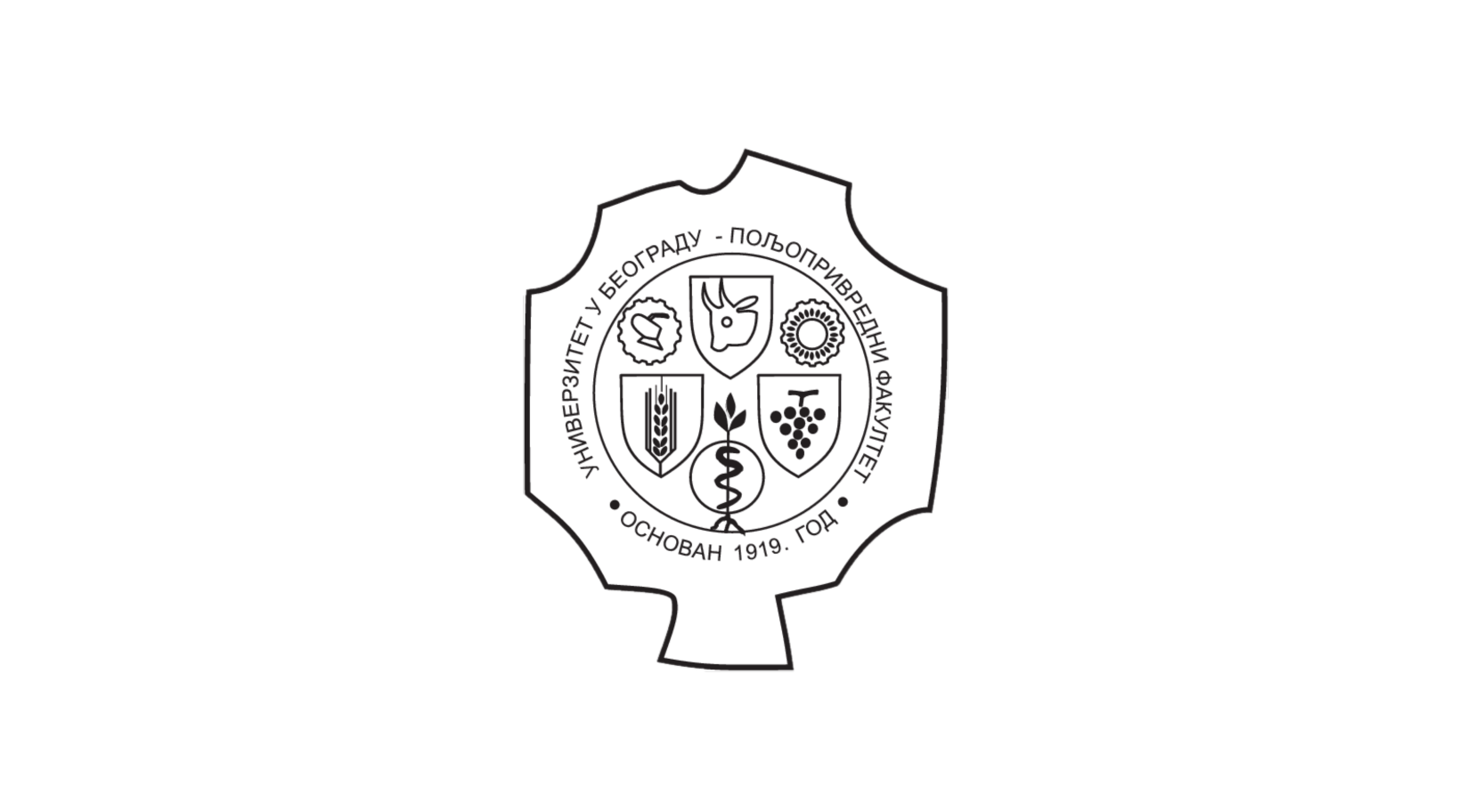Приказ основних података о документу
In vitro antioxidant potential and mineral content of pectin-like polysaccharides isolated from soy hull
| dc.creator | Barać, Nevena | |
| dc.creator | Sredović Ignjatović, Ivana | |
| dc.creator | Kostić, Aleksandar | |
| dc.creator | Rabrenović, Biljana | |
| dc.creator | Barać, Miroljub | |
| dc.date.accessioned | 2024-01-18T09:09:50Z | |
| dc.date.available | 2024-01-18T09:09:50Z | |
| dc.date.issued | 2023 | |
| dc.identifier.isbn | 978-86-904740-1-1 | |
| dc.identifier.uri | http://aspace.agrif.bg.ac.rs/handle/123456789/6807 | |
| dc.description.abstract | Introduction Generally, soy hull is regarded as ‘‘waste’’ and used for animal feeding or discarded directly causing resource wastage and environmental pressure. However, soy hull can be a good source of bioactive compounds such as pectin-like polysaccharides. These polysaccharides may play an important role in food processing as a gelling agent, thickening agent and stabilizer as well as new composite matrices for targeted and controlled delivery of nutraceutical molecules. Pectin-like polysaccharides are also associated with several human health benefits. Objective This work deals with the isolation of pectin-like polysaccharides from commercial soy hulls, their antioxidant potential as well as with their macro- and microelements content. Methodology Pectin-like polysaccharides were isolated from heat- treated and defatted commercial soy hulls. Hulls were extracted with hot (85◦C) 0.6% solution of ammonium oxalate using microwave oven for 5min. (at 450W). Hot solution was filtered through four layer filter cloth. The pH of filtrate was adjusted to 4.5 and centrifuged. Polysaccharides were precipitated with ethanol and dried at 65◦C. Antioxidant potential of initial hulls extract and isolated polysaccharides was determined using ABTS radical scavenging activity, FRAP and iron(II) chelating ability methods. Macro- and microelement contents were determined by ICP-OES and ICP-MS. Results Pectin-like polysaccharides of soy hulls are characterized with high ability to chelate Fe(II) ions and high ferric reducing power. Both abilities (28.58%; 3.17 mg/g AAE) were almost two times higher that those obtained for water extract of initial hulls (14.81%; 1.58 mg/g AAE). In contrast, their ability to scavenging ABTS radicals was twice lower than those obtained for initial hull extract. In addition, isolated polysaccharides can be a good source of several elements including K, Mg and Zn. Conclusion According to the results of this study, soy hulls can be a significant source of bioactive polysaccharides. Keywords: Soy hull, pectin-like polysaccharide, antioxidant properties. | sr |
| dc.language.iso | en | sr |
| dc.rights | closedAccess | sr |
| dc.source | 3RD BLACK SEA ASSOCIATION OF FOOD SCIENCE AND TECHNOLOGY CONGRESS | sr |
| dc.subject | Soy hull | sr |
| dc.subject | pectin-like polysaccharide | sr |
| dc.subject | antioxidant properties | sr |
| dc.title | In vitro antioxidant potential and mineral content of pectin-like polysaccharides isolated from soy hull | sr |
| dc.type | article | sr |
| dc.rights.license | ARR | sr |
| dc.identifier.rcub | https://hdl.handle.net/21.15107/rcub_agrospace_6807 | |
| dc.type.version | publishedVersion | sr |


